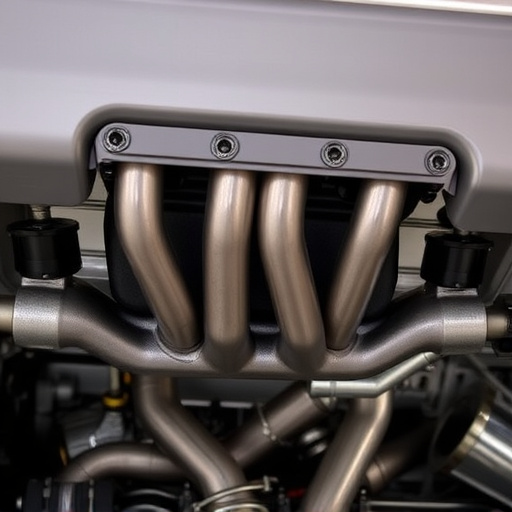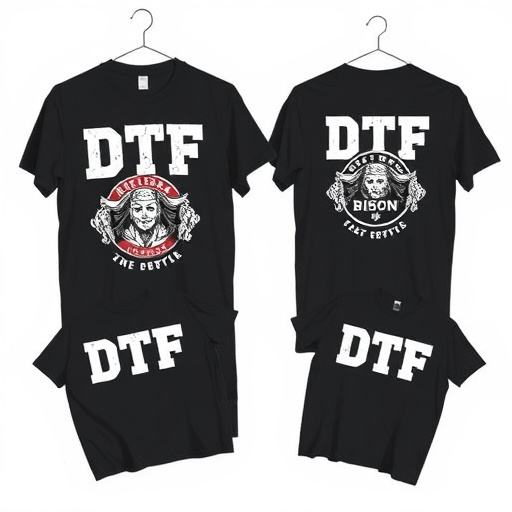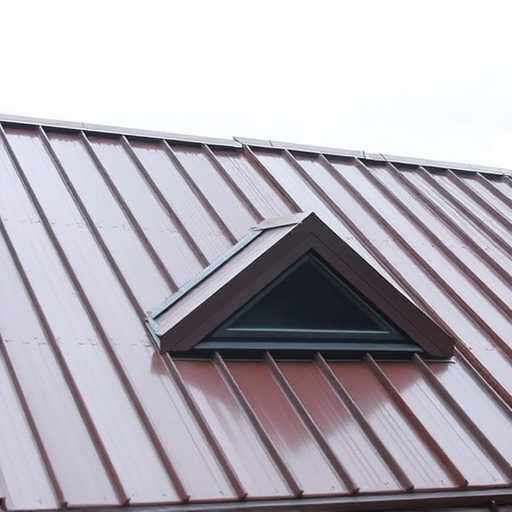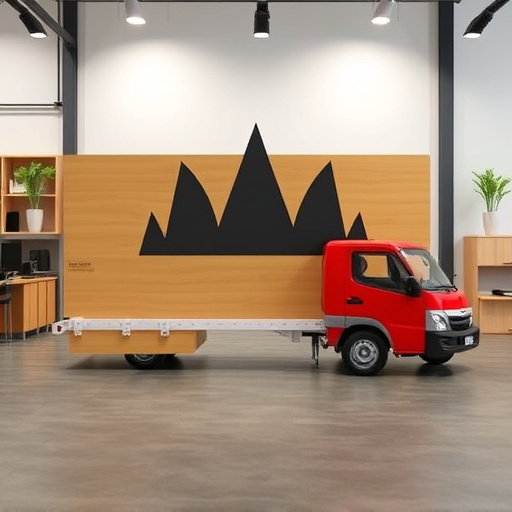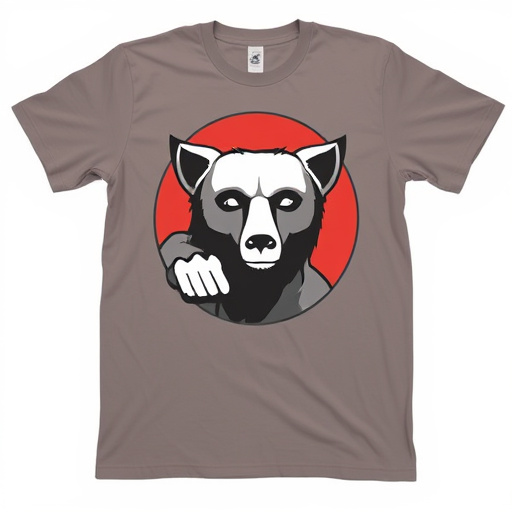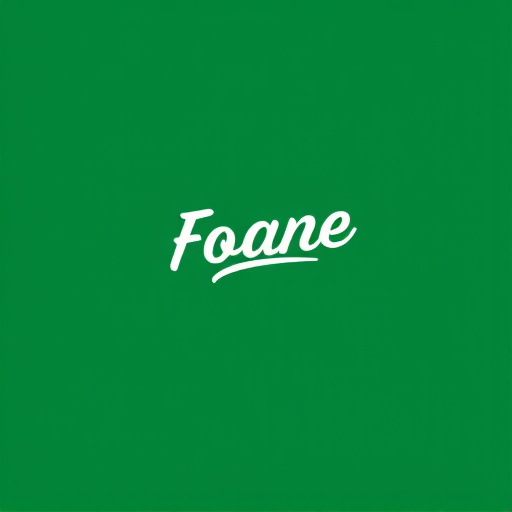The future of printing is smarter with Direct to Fabric (DTF) trends leading the way, revolutionizing customization and efficiency. AI integration enhances design analysis, material interactions, and optimized printing processes for faster production times and superior performance. The industry also embraces a green shift through eco-friendly DTF transfers, minimizing waste and energy consumption while maintaining quality, aligning with growing sustainability demands.
The future of printing is smarter, more efficient, and environmentally friendly. As we look ahead, DTF Future Trends point to a revolution in print technology that goes beyond conventional capabilities. This article explores three key aspects shaping this evolution: smart printing, AI integration, and sustainable practices. By embracing these innovations, the industry is poised to transform, offering enhanced efficiency, reduced environmental impact, and unprecedented creative possibilities.
- Smart Printing: The New Normal
- AI Integration: Enhancing Efficiency
- Sustainable Practices: Green Revolution
Smart Printing: The New Normal

The future of printing is smarter and more efficient, as evidenced by the DTF (Direct to Fabric) trends shaping the industry. Smart printing technologies are no longer a novelty but becoming the new normal, revolutionizing how we produce personalized and customized products. This shift towards smart printing offers numerous advantages, especially in terms of speed, quality, and versatility.
With advancements in DTF printing for light fabrics, heat press techniques, and overall print technology, businesses can now cater to diverse customer demands more effectively. The ability to seamlessly integrate digital design with physical fabric production ensures that brands can swiftly adapt to market trends and deliver exceptional, high-quality products. This evolution in printing technology is not just a game-changer; it’s a necessity for staying competitive in today’s fast-paced, ever-changing business landscape.
AI Integration: Enhancing Efficiency
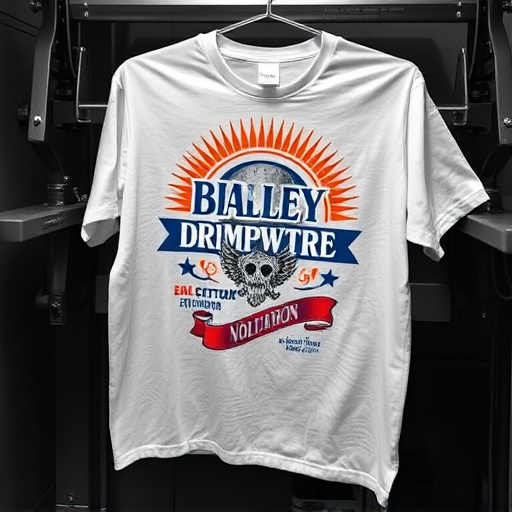
The integration of Artificial Intelligence (AI) into print technology is a significant development, marking a new era in the DTF Future Trends. This advanced technology promises to revolutionize the way custom t shirts and DTF printing for t-shirts are created, offering immense efficiency gains. AI algorithms can analyze design patterns, predict material interactions, and optimize printing processes, resulting in faster production times and enhanced overall performance.
By leveraging machine learning, AI systems can adapt to various DTF for t-shirts applications, ensuring precise outcomes every time. This not only improves productivity but also opens up creative possibilities, allowing designers to experiment with complex designs and unique effects without sacrificing speed or quality. As AI continues to evolve, its impact on the printing industry will be profound, shaping the future of custom t shirts production and beyond.
Sustainable Practices: Green Revolution
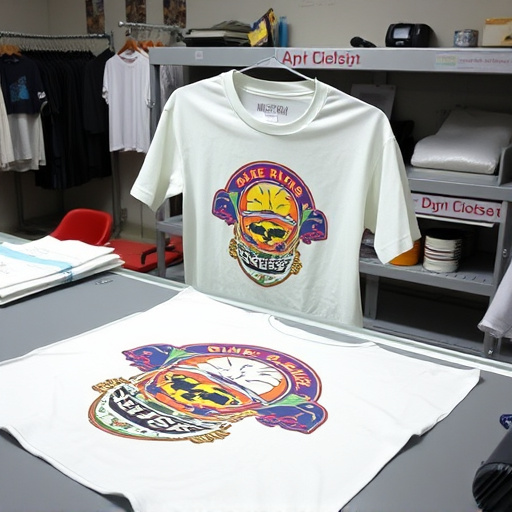
The printing industry is undergoing a significant transformation with sustainable practices taking center stage. As part of the DTF Future Trends, there’s a growing emphasis on minimizing environmental impact, marking a green revolution within the sector. Traditional printing methods often rely on harmful chemicals and excessive resource consumption, but modern innovations are changing this narrative. Eco-conscious businesses and consumers are increasingly seeking out solutions that reduce waste, minimize water usage, and lower carbon emissions.
Direct to film (DTF) transfers, for instance, have gained popularity due to their versatility and eco-friendly nature. Best DTF printers now offer high-quality, personalized designs on various materials, including textiles like direct to film personalized hoodies. This technology allows for precise printing without the need for conventional plates, reducing waste and energy consumption. As a result, brands can create custom products while contributing to a greener future, aligning perfectly with the growing demand for sustainable DTF solutions.
The future of printing is here, as demonstrated by the exciting trends shaping the DTF (Direct to Final) industry. From intelligent automation through AI integration to sustainable practices, smart printing technologies are revolutionizing production efficiency and environmental stewardship. As these innovations continue to evolve, we can expect even more sophisticated printing solutions that drive growth, enhance creativity, and promote a greener future.





